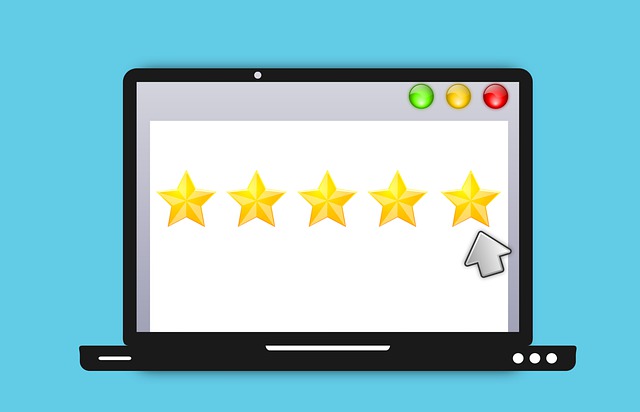Assessment Tools for Learning - Learn

What you are going to learn in this Independent Learning unit:
After completing this unit, the educator will:
1. Know about the variety of digital assessment tools available online
2. Understand how to assess students with digital tools
3. Be able to create and use quiz and polling tools with students
4. Be able to create and use interactive and video assessments with students
5. Understand that course management systems have built-in formative assessments
6. Be able to create online interactive lessons
7. Be able to use online bulletin boards
8. Make connections with technology standards and best practice
9. Transfer the learning to professional practice by applying these resources to assess students in the classroom
You will be documenting your learning as you go through each of the sections. Use this Google Doc Checklist as you go through the course.
Please visit the FINAL ASSIGNMENT page before you begin.
Note: This independent learning unit should take no longer than 10 hours.
Move on to Why Use Digital Tools to Assess?
Standards
Addressing the ISTE Standards For Educators
Learner
1a. Set professional learning goals to explore and apply pedagogical approaches made possible by technology and reflect on their effectiveness.
1c. Stay current with research that supports improved student learning outcomes, including findings from the learning sciences.
Leader
2b. Advocate for equitable access to educational technology, digital content and learning opportunities to meet the diverse needs of all students.
2c. Model for colleagues the identification, exploration,
evaluation, curation and adoption of new digital resources and tools for learning.
Designer
5a. Use technology to create, adapt and personalize learning experiences that foster independent learning and accommodate learner differences and needs.
5b. Design authentic learning activities that align with content area standards and use digital tools and resources to maximize active, deep learning.
5c. Explore and apply instructional design principles to create innovative digital learning environments that engage and support learning.
Facilitator
6a. Foster a culture where students take ownership of their learning goals and outcomes in both independent and group settings.
6d. Model and nurture creativity and creative expression to communicate ideas, knowledge or connections.
Analyst
7a. Provide alternative ways for students to demonstrate competency and reflect on their learning using technology.
7b. Use technology to design and implement a variety of formative and summative assessments that accommodate learner needs, provide timely feedback to students and inform instruction.
7c. Use assessment data to guide progress and communicate with students, parents and education stakeholders to build student self-direction.
